Here’s a look at South America’s best places:
The highest lake, the driest desert, the biggest waterfall… Well, you’ll see the pictures. Environmentalists love the fauna of the Amazon, while shopping in big cities such as Rio de Janeiro or lively Andes market places can choose from upscale boutiques, you can visit lost cities of ancient civilizations, enjoy a beautiful panorama almost everywhere, or seek local cuisine. It’s your choice, and you get a lot from South America.
No 21. Cartagena

Cartagena is a major city on the Caribbean coast of Colombia. It was founded in 1533 by the Spanish, who called it Cartagena, Spain. The city was the center of politics and the economy during Spain’s rule in South America.
Today it’s a quite modern town, but it’s the walled historic center and fortress that has defended it, considered the largest fortifications in South America.
Cartagena has a rich cultural scene with year-round concerts, museums and galleries of sculpture.
No. 20. Salvador

Salvador is definitely a delightful town with its beautiful Old Town that exhibits such a great collection of colonial architecture of the 17th and 18th centuries. Its rich and vibrant Afro-Brazilian culture and arts scenery.
What an amazing and intoxicating, lively place to be, particularly during carnival. Built on the expansive All Saints Bay, the city’s position adds to its charm. While Salvador is the star of the Old Town, with its cobbled streets, historical sites and fascinating museums, the place is contagious.
No. 19. The National Park Glaciers.

In Los Glaciares National Park they don’t do it in a small way. The Park is not only Argentina’s largest national park but also the highest ice cap outside Iceland and Antarctica–an ice cap feeding 47 major glaciers. The Perito Moreno Glacier is the most prominent of these.
The park also contains Lake Argentino, the country’s highest. While the glaciers are located in the south section of the park, the north section features majestic mountains like Mount Fitz Roy, with hiking and mountain climbing opportunities.
No. 18. Pantanal

The Pantanal is the largest wetland in the world and lies mainly in Western Brazil, but also extends into Bolivia and Paraguay. Renowned for its biodiversity, it is a major tourist attraction in Brazil.
By comparison to the Amazon rain forest, you are virtually guaranteed to potentially see nature in the Pantanal. Capybara and Caiman are millions today. The Pantanal is also home to one of America’s largest Jaguar populations.
No 17. Ushuaia

Put Ushuaia on your bucket list if you want to visit remote places. Ushuaia is the capital of Argentina’s Tierra del Fuego, the southernmost city in the world.
In fact, the train ends here to the end of the world. Nestled between the mountains along a river, Ushuaia is very picturesque if not rainy or windy, which is often the case. A prison zoo is situated in the former criminal colony and it is a good place to visit penguins, orca whales and seals.
No 16. National Park Tayrona.

The Tayrona National Park is in the northern part of Colombia, which borders the Caribbean Sea and provides outstanding beaches and landscapes for visitors.
One of the park’s main areas is the lagoon, La Piscina, which transforms the lagoon into a protected swimming area through its natural coral. There are numerous sandy walking trails from and to the coast, many of which offer spectacular views of the Caribbean.
No 15. Quito
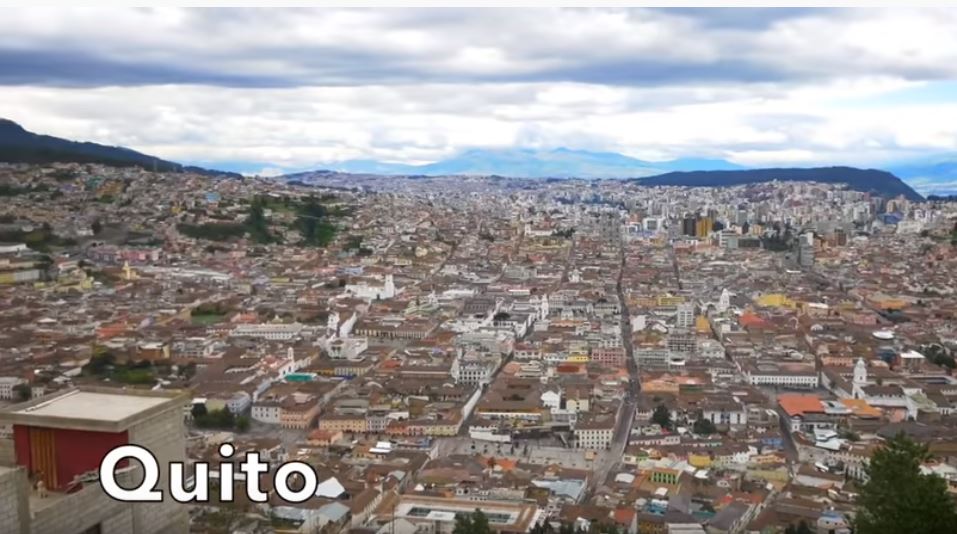
The capital of Ecuador, Quito, is unique among the capital cities of the world. It is the world’s highest capital and the nearest to the equator. The lively old town of Quito, founded by the Spanish in 1534, is one of the most restored, least changed and largest in all America.
Located in the North Mountains of Ecuador, the town is surrounded by volcanoes seen on a clear day. Quito is the world’s only city surrounded by active volcanoes.
No 14. Colca Canyon

There is a reason why Colca Canyon is the third tourist destination to be visited in Peru: stunning views. Colca Canyon The gorge is one of the deepest and twice as deep in the world as the Grand Canyon.
If you get sick of things, you can toast your eyes in the sky, where you can see Andean candles and the biggest cockroaches you have ever seen. Villages are a good place for small art to be bought.
No 13. St. Peter of Atacama.

San Pedro de Atacama is a Chilean city on the fringe of one of the most beautiful landscapes in the world. The abundance of austere, endless floodplains and salt plains surrounded by copper mountains is to be seen and believed.
The nightlife here is a bit different-the big draw is a tour of the city, because it is one of the darkest places in the world and a chance to undilute the night sky.
No 12. Lake Titicaca
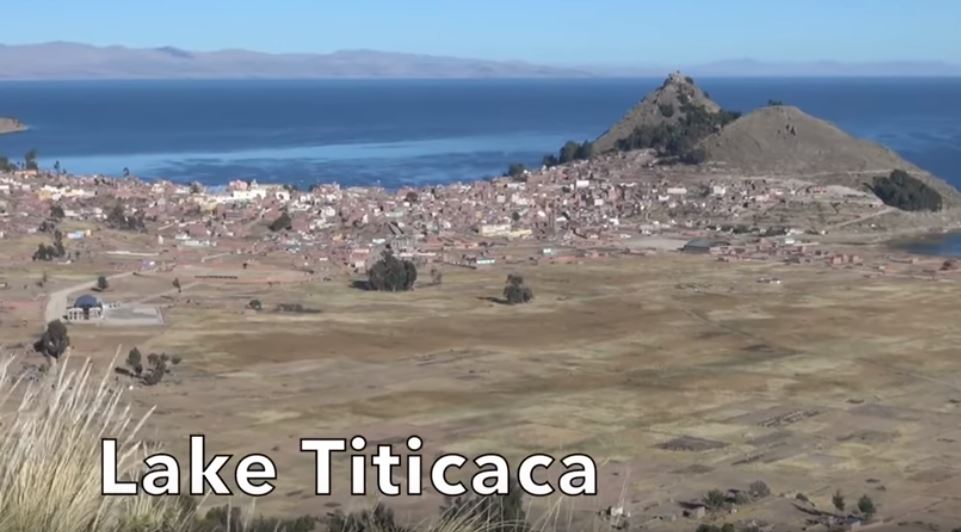
The Titicaca Lake, the largest lake in South America, lies on the border between Bolivia and Peru. It is considered the highest navigable lake in the world at an elevation of just over 12,500 feet.
Many of its 41 islands, including floating islands, are inhabited by people with thick coasts. In the pool, which has a large population of waterbirds, there live some 500 species of aquatic life. According to local faith, the sun was born on Lake Titicaca.
No 11. Easter Island

It can take time to get to Easter Island, as it is the world’s most remote inhabited island. The closest population is nearly 1,300 miles away. But this Chilean territory is not recognized for its remoteness.
That’s what you’ll see when you get there: nearly 900 primeval statues made by early Polynesians. Such impressive statues, or moai, were carved about 1,000 years ago. Many sculptures were sculpted from solidified volcanic ash, with black eyes used for obsidian.
No 10. Angel Falls

Angel Falls is certainly a scene thief in the Guayana Highlands of Venezuela. It’s the world’s highest continuous waterfall–15 times higher than Niagara Falls.
The waterfall is called for the American Jimmy Angel, who in 1937 was the first pilot to fly over the falls, more than 3,200 ft down the mountain into the river below. There is an experience involving river and plane cruise journeys.
No 9. Cusco

Cusco, formerly the capital of the Inca Empire, is obsessed by a decadent urban church that has the hegemony of Inca temples and new fast-food joints along its ancient cobbled streets.
The continent’s archeological capital is simply amazing for its incredible abundance of historical sites and rich cultural heritage.The neighborhood is full of fantastic landmarks that await discovery and the entrance to Machu Picchu; Cusco is a must-see town in Peru.
No 8. Salar de Uyuni

Located in the Andes, Salar de Uyuni is the world’s largest salt flat. The distribution of salt produces an infinite white field during the dry season, but the region is most beautiful when it is covered in water during the rainy season.
The blue sky represents a beautiful abstract landscape, although some visitors believe that they see the water. It is a major breeding ground for flamingos, one of the rare places to visit in South America.
No 7. Rainforest Amazon.

If you lived long enough to reach that height, in the Amazon Rainforest you could count 390 billion trees. This is definitely dumb, but then the Rainforest of the Amazon is a wonderful piece of rnature, occupying around 3⁄4 of the Amazon River Basin.
It is the largest tropical rain forest in the world. Within Brazil there are 60% of the rain forest and large chunks within Peru and Columbia; there are small percentages in the neighboring countries. The rain forest is definitely full of rare flora and fauna.
No 6. Torres del Paine National Park

It can be found in rural Patagonia in Chile, but the National Park of Torres del Paine is one of the biggest and most visited parks in Chile.
Why?… Okay, the scenery is quite beautiful. The Torres del Paine is just one beautiful spot. The three peaks dominate the Paine Mountain landscape. The park is dotted with glaciers, rivers, forests and steppe as well as the mountains, making it a hit for outdoor enthusiasts.
No 5. Buenos Aires
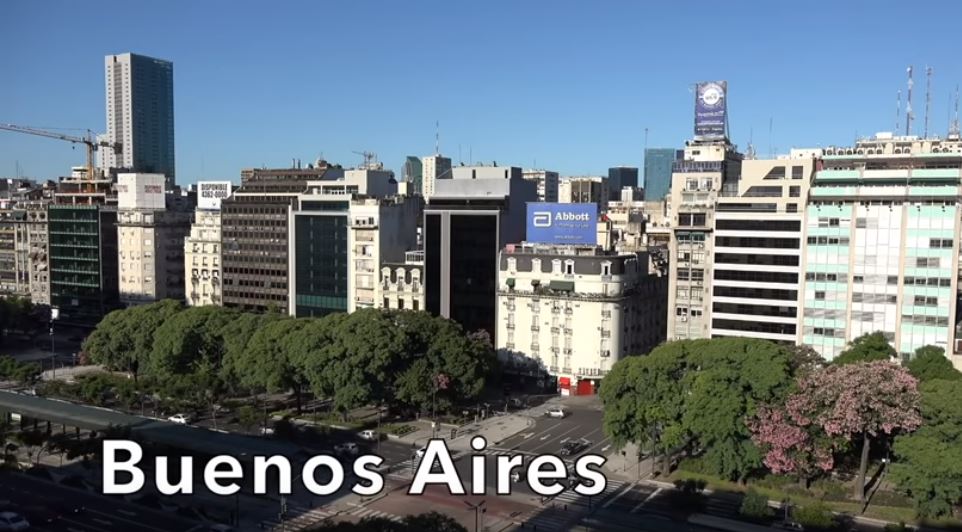
Buenos Aires has a population of 17 million and is the fourth largest in America. Based on the Argentine coast, on the Rio de la Plata, the city is known for its cosmopolitan atmosphere.
Due to its architecture and cultural heritage, Buenos Aires is South America’s most visited region. The Recoleta, a residential neighborhood known for its history, is a must-see. The graveyard of Recoleta, where Eva Peron is buried, is the most prominent destination in the city.
No 4. Islands of Galapagos.

If you want to glimpse what prehistoric animals might have looked like, head to the islands of Galapagos. The animals are no other place on earth and contain giant tortoises and frightening iguanas. They provided the impetus for Charles Darwin’s controversial book on the origin of species in the 19th century. The 18 main islands archipelago, about 550 miles off the coast of Ecuador, have been formed-and still shape-by volcanic activity.
No 3. Iguazú Falls
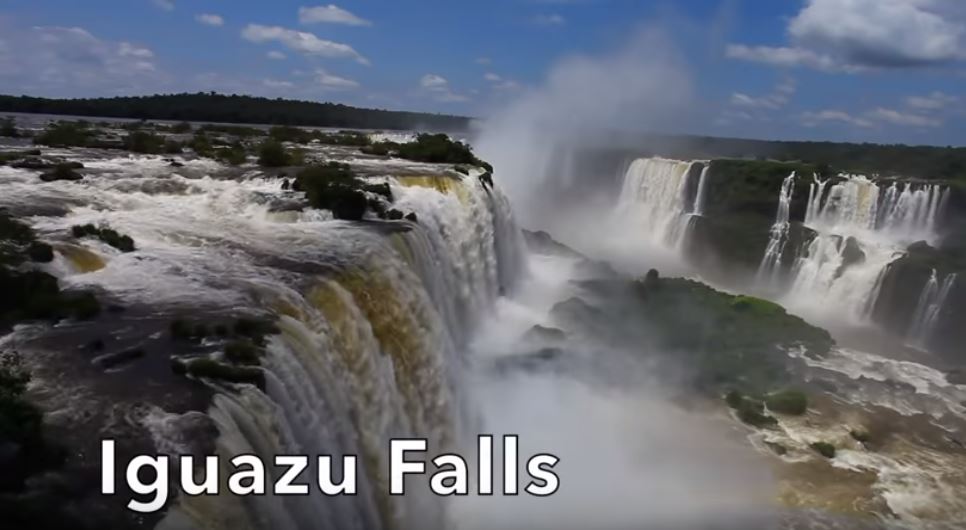
One of the most beautiful places to visit in South America must be seen as Iguazu Falls can not do justice to them clearly in terms. They just live according to their name, which means “big stream.” They are the largest waterfall system in the world with 275 waterfalls in various sizes. For much of its journey to the ocean, the Iguazu River passes through Brazil but most of the falls appear to occur in Argentina in a spirit of international cooperation.
No 2. Rio de Janeiro.
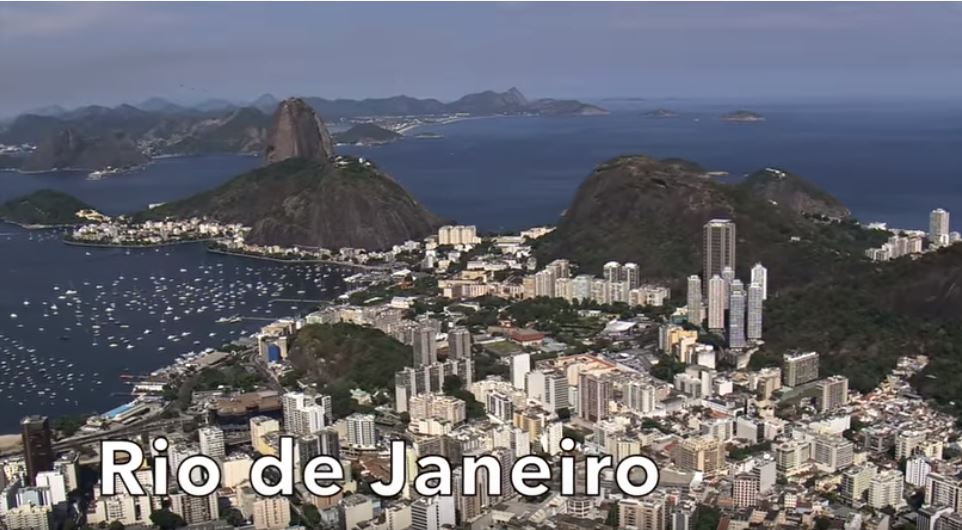
One of Earth’s most beautiful cities, Rio de Janeiro is just breathtaking.
It’s a great place to take a picture because the iconic beach Copacabana bends effortlessly along the coastline of Guanabara Bay and Christ the Redemptor reaches towards the heavens. The sun-soaked beach of Ipanema, the lush forest-covered mountains and brightly-colored favelas, line the second-largest city in Brazil, compliment this magnificent landscape. The best time to visit is during the city’s famed carnival, when Rio becomes the party capital of the world.
No 1. Machu Picchu

Before the Spanish came, Machu Picchu is a splendid representation of the Inca civilization. Set in the Peruvian Andes, Machu Picchu was the emperor’s palace, a stronghold and the location for religious ceremonies where human sacrifices were performed to appease the gods. Untouched by the Spanish, the site was abandoned after the conquest, and in the early 1900s was “discovered” by an American professor. It is a fascinating example of classical Inca architecture built from polished stones. Machu Picchu is Peru’s most visited tourist attraction with its spectacular views.



